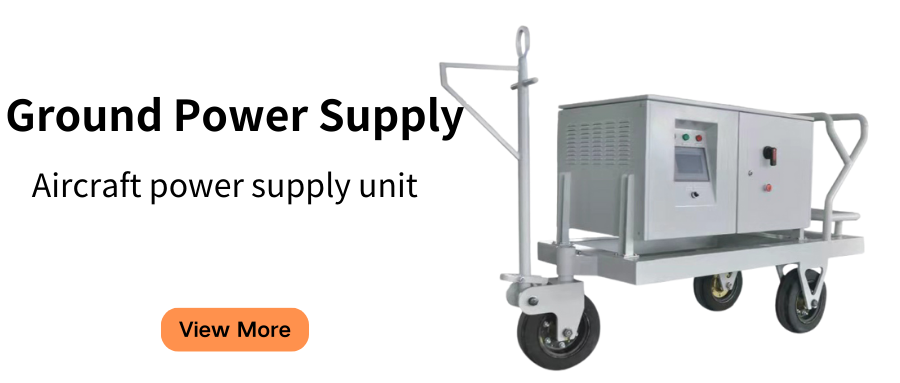The first law of thermodynamics tells us that energy does not come out of thin air, but can only be converted from one form to another or several forms. There is no power grid in the sky, and there is no collector pole on the plane (the "big braid" on the trolley bus), so if you want to use electricity, you can only produce it yourself or bring batteries from the ground. Fortunately, the jet engine on the plane is itself a powerful energy production factory.
The power generated by an engine driving the generator is enough for the entire plane. Therefore, although the plane will also carry batteries to prevent emergencies, it basically does not rely entirely on power batteries for power like electric vehicles.
The power provided by the main engine is used as the main power supply on the plane.
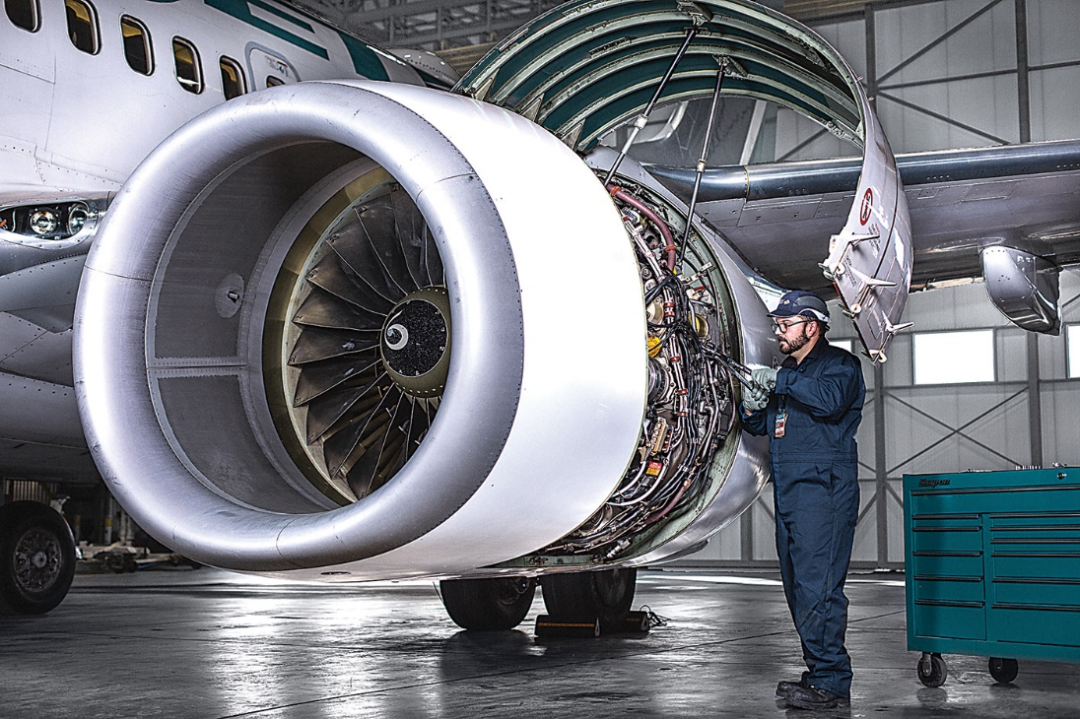
Modern aircraft engines are energy monsters. One engine driving the generator is enough to meet the power needs of the entire aircraft.
When the plane is parked on the ground, the main engine is not working, but the plane still has normal power supply and the air conditioning is blowing enough.
This is because the plane is also equipped with an independent power supply system, called the auxiliary power unit (APU). Its core is a small turbine engine, which does not provide thrust output at all, but is used to generate electricity and also provides compressed air for the aircraft.
If the aircraft is parked at the corridor of the airport, it can directly connect to the ground power system without using APU. This power supply is usually hung just below the interface between the corridor and the aircraft (there are also movable ones). Connect the cable to the aircraft to power the aircraft.
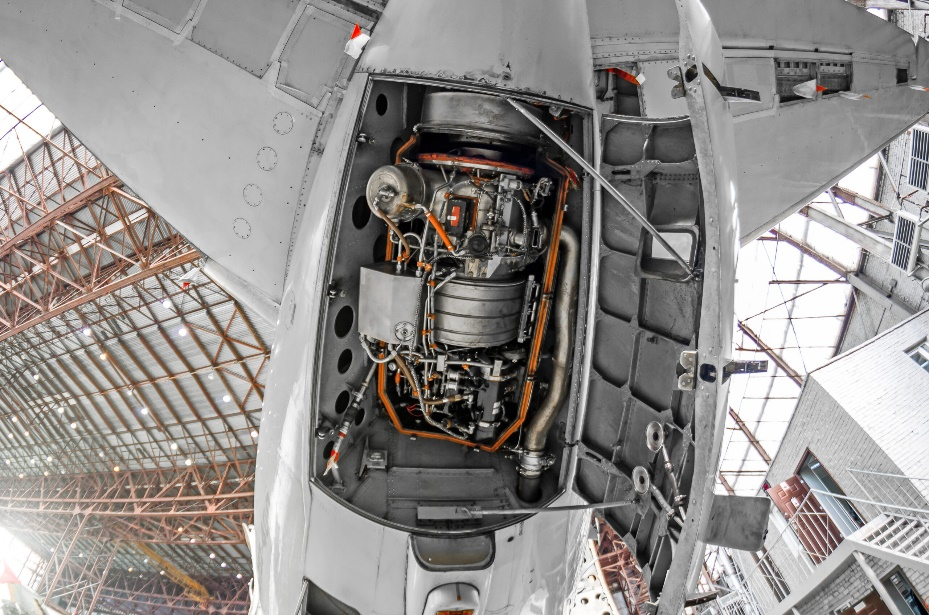
The APU system on the aircraft is a power supply system that is completely independent of the main power supply and can provide full power supply for the aircraft on the ground or in an emergency.

The ground power supply device does not consume the fuel on board, and the cost of use is much lower than that of the APU, and there is no carbon emission problem.
In addition to the above two oil-burning power supply devices, there is also a wind power generation device on the aircraft.
This device is usually hidden in the belly of the aircraft, and is released to save life when the main power supply and APU all fail. It is a bit like the "life-saving hair" behind the neck of Sun Wukong. Its English name is RAT-"rat", which is the abbreviation of impact air turbine.
In principle, it is a wind turbine. It can generate electricity by the airflow blowing in the face of the aircraft when it is flying, and it can power the most basic power equipment on the aircraft to save life. This "rat" can also be connected to the APU to drive the APU to work and generate more electricity.
 Although this "little mouse" on the plane looks inconspicuous, it can really play a big role at critical moments.
Although this "little mouse" on the plane looks inconspicuous, it can really play a big role at critical moments.
How does it work?
On the one hand, it is clear which places on the plane need electricity, and on the other hand, it is understood which devices on the plane can generate electricity.
The power system on the plane seems to only need to connect the generator and the electrical appliances with cables, but in fact, the power supply on the plane is much more complicated than the electrician pulling the wires.
The electrical appliances on the plane have very different needs for electricity. Some require high-voltage AC, and some require low-voltage DC. The limited number of generators obviously cannot meet all the different power supply requirements.
Therefore, in the power system, there must be equipment to convert the power of the main power supply. These devices are collectively referred to as secondary power supplies.
They must not only achieve the specified power conversion tasks, but also have the function of distribution switches, and play the role of power transmission hubs on the aircraft. 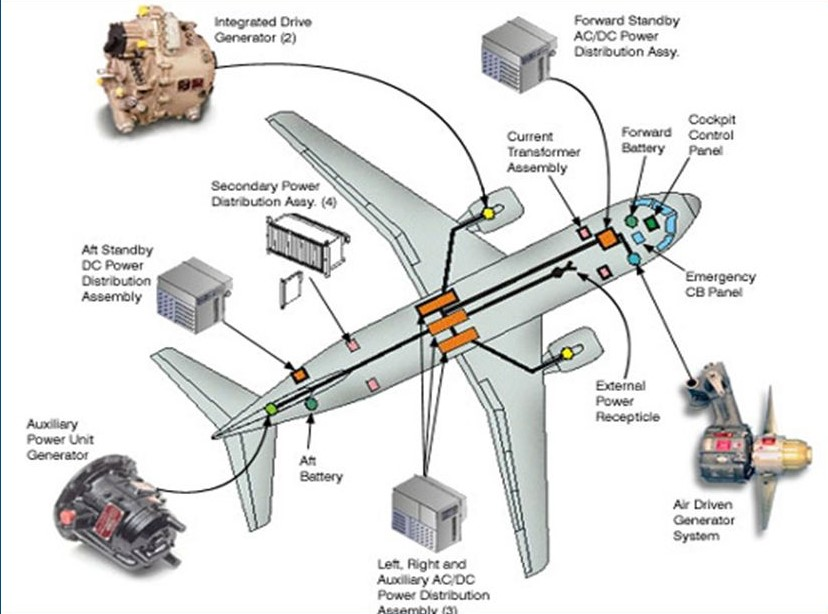
The power supply on the plane is simple to say, but it is actually supported by a very complex system.
The power system must not only ensure that under normal flight conditions, the electrical appliances that should be powered on are powered on, and the electrical appliances that should be turned off are powered off, but also ensure that the entire system will not be short of power during peak power consumption and that the power will not be wasted when the power load requirements are not high.
And more importantly, when an emergency occurs, the entire power system must be able to stabilize and not stop, and provide stable power to the core equipment related to flight safety.
This requires a complete set of power distribution and transmission control strategies and methods. In order to ensure flight safety, electrical appliances on the aircraft will be divided into different levels.
Those key equipment that affect flight safety not only have the highest level of power supply priority, but also must be guaranteed to form an independent power supply circuit with multiple power supplies to enhance its power supply reliability.
For example, many important control and communication equipment on aircraft generally use a four-redundancy power supply method: two sets of main power supplies (two engines) are independently powered by independent circuits, one set of backup power supplies (APU) is independently powered, and one set of emergency power supplies (RAT, batteries, etc.) is independently powered. And electrical appliances at this level, such as kitchen equipment, are the first to be turned off when there is a shortage of electricity.
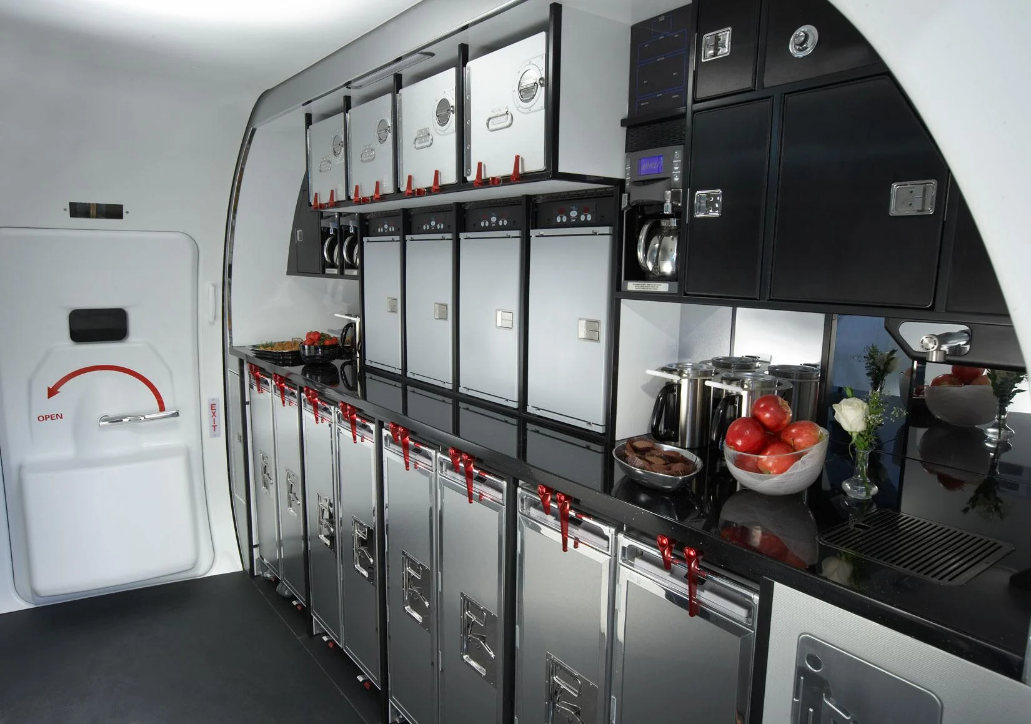
There are many electrical appliances in the kitchen on the plane, which are also closely related to the passengers' flight experience, but their power consumption priority is ranked last.
In order to ensure that the power supply of the entire aircraft can be stable, reliable and flexible, the power supply systems on early large aircraft were centralized, that is, the control authority of the power was first centralized, controlled by the cockpit, and then sent to various places on the aircraft through the distribution network.
Although this centralized power distribution management method is efficient, it also has the disadvantages of long cable length, difficult wiring layout, and serious increase in aircraft weight.
With the rapid advancement of information technology, the new generation of large passenger aircraft such as Boeing 787 and Airbus A380 newly developed and produced in this century are more inclined to local autonomous power distribution management - distributed power distribution management: by reasonably distributing secondary power sources on the aircraft and distributing the power distribution center to multiple locations on the fuselage, the cable length can be greatly reduced and the power distribution response speed can be improved.
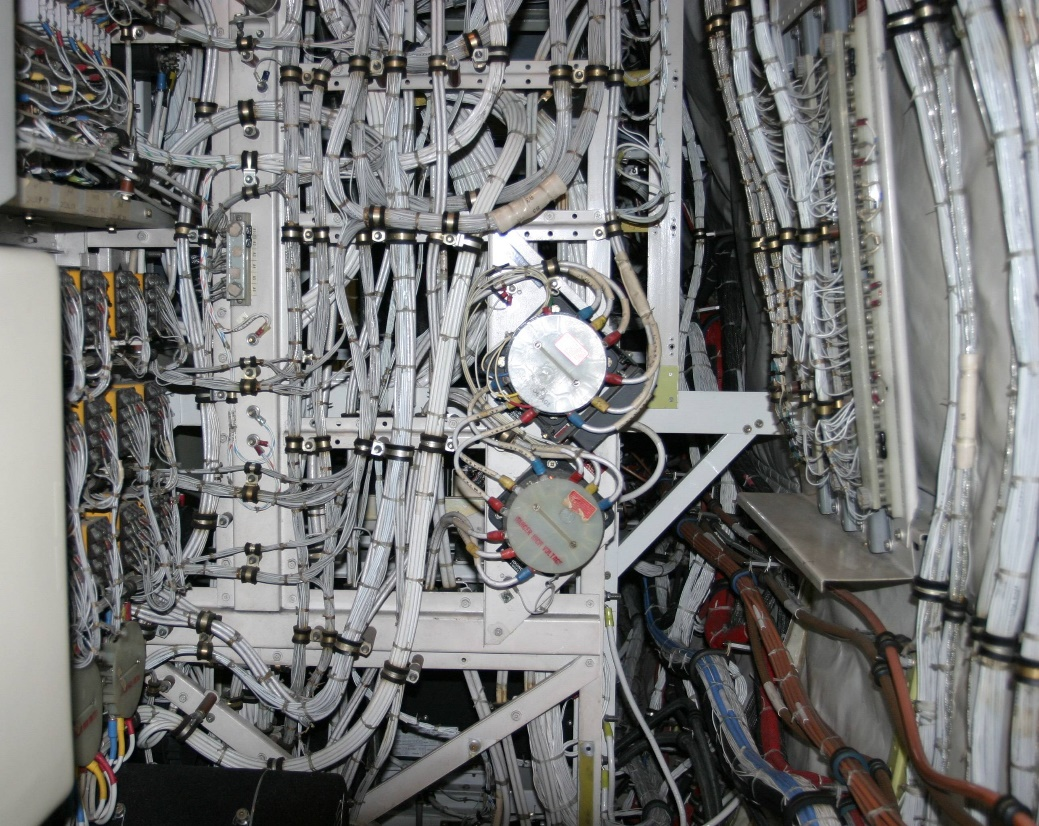 The total length of the cable network on a large aircraft can reach hundreds of kilometers.
The total length of the cable network on a large aircraft can reach hundreds of kilometers.
There are many electrical appliances on the aircraft, and the quality requirements and duration of power consumption vary.
The load of the power system is constantly changing and often unpredictable. How to grasp the overall changes in the power load of the entire aircraft and ensure that the power system can maintain good output characteristics under various working conditions is the main content of this cover article and an important research direction in the aviation power industry.
In recent years, aviation power technology has been rapidly transforming towards clean energy and electrification, and the power system on the aircraft will also usher in a huge technological change.


